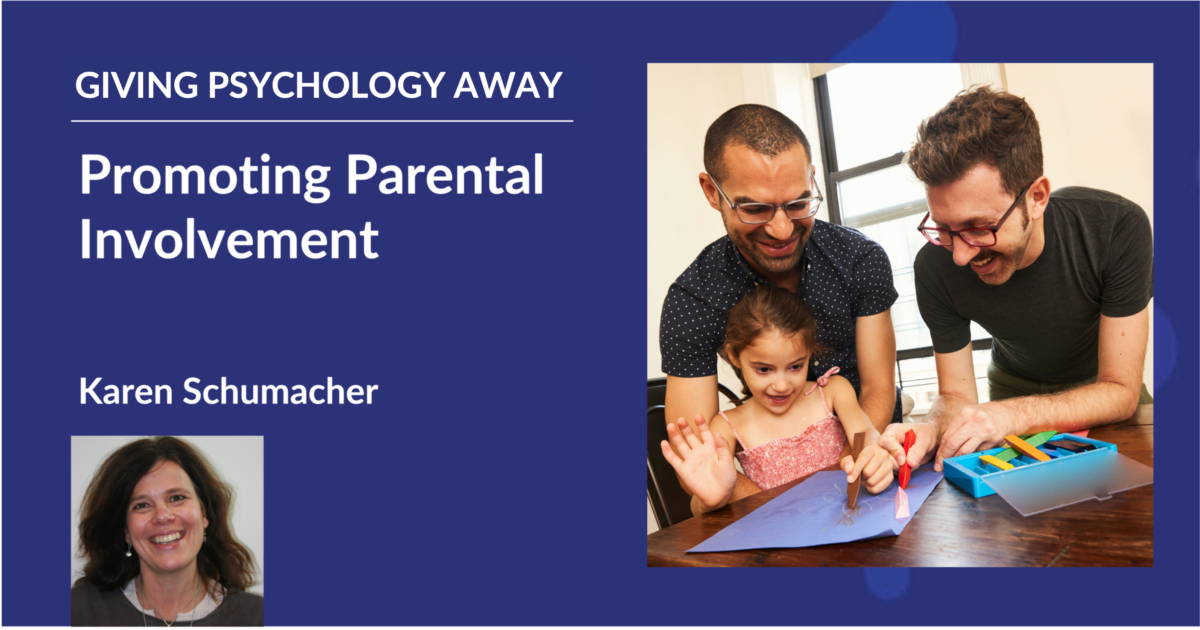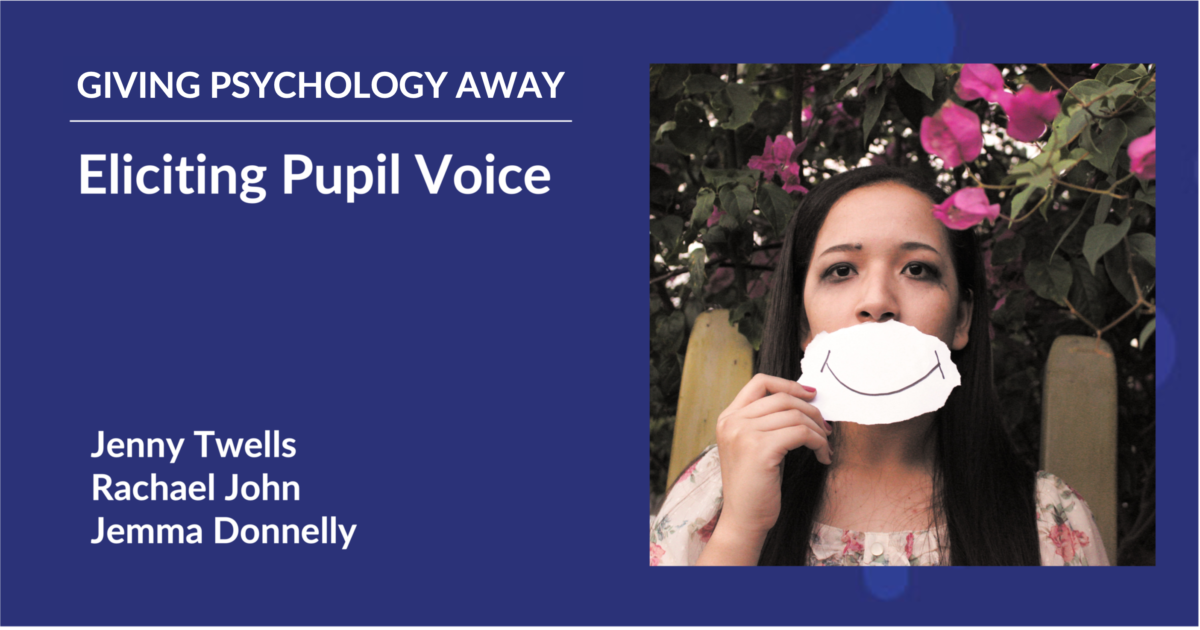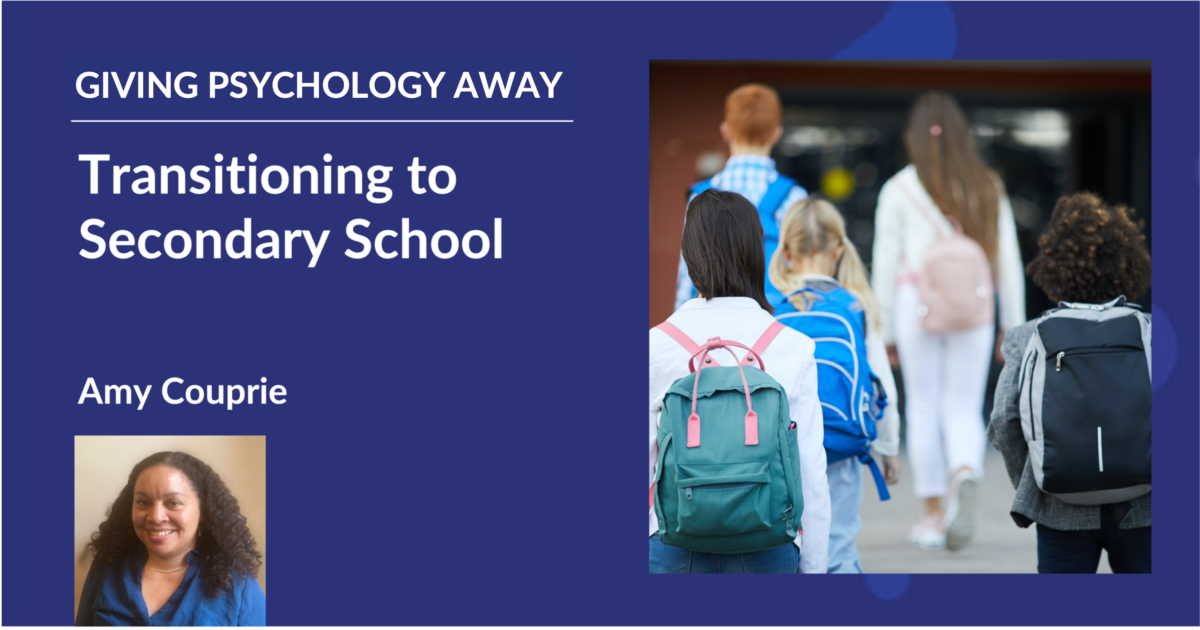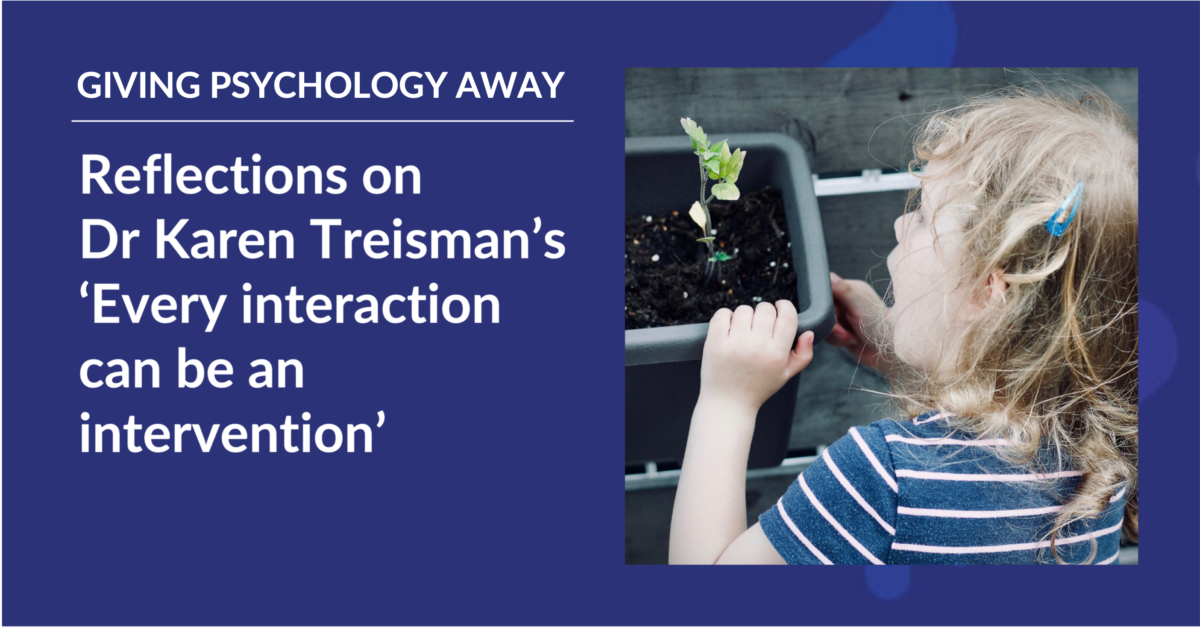Dynamic assessment (DA) is an area of EP work that is less known to schools but can be incredibly valuable in revealing ways that a child can learn best and the type of support/ mediation they would require to further develop their thinking skills and perform at their best.
Dynamic assessment approaches (unlike static intelligence tests) are built on the belief that one can learn far more about a child’s cognitive development, and any barriers to their learning, by working with the child in a dynamic and facilitative way as opposed to assessing their unassisted performance and compare it to an age-related norm. Dynamic assessment approaches analyse learner’s cognitive skills of a learner in relation to the task at hand and identify where meaningful input is needed to optimise performance.
There are ways school staff can use principles of dynamic assessment to scaffold learning. One basic element of DA is analysing where a learner’s struggle may be by breaking down the cognitive skills required in any given task into three areas:
INPUT
finding out what you need to do
- Focused perception: using our senses (listen, smell, see, taste and touch) to get information
- Systematic exploration: using a plan (system) so we do not miss or skip anything important
- Labelling: Finding the names of objects and ideas
- Find out where (spatial positions) and when (time, sequence and order)
- Constancy: observing what stays the same when some things seem to change
- Considering several sources of information: being able to use more than one idea at a time
- Precision and accuracy: being careful when it matter
ELABORATION
processing information and problem solving
- Defining the problem: knowing what we are asked to do
- Relevance: using only the information we need
- Interiorisation: holding a picture in our mind of what we must do
- Planning and sequencing the task: planning our steps
- Working with several pieces of information: keep all the facts in mind
- Comparing: telling what is the same and what is different
- Categorisation: being able to put objects and ideas into groups based on their similarities and differences
- Making links and relationships: finding out how things go together
- Using concepts of space and time: finding where things belong and in what order
- Developing hypothetical thinking and considering alternatives: thinking things out in our heads and then choosing.
- Using logical reasoning: proving our ideas
OUTPUT
communicating the product of our thinking
- Controlling impulsivity, reducing trial and error responses: thinking before we answer and do not rush
- Reducing egocentric communication: expressing things clearly
- Overcoming blocking: if we ‘know’ the answer but can’t express it right away, we wait and try again.
It is very common for children to appear unable to access a task because of difficulties in the input phase or because they have trouble presenting the product of their thinking. Analysing and supporting cognitive skills such as systematic planning, improving speed and accuracy as well as thinking about what is needed as the end product before launching into action, may be a very useful focus for school intervention / LSA support. There are ways to support these skills through every day activities and with good scaffolding questions such as:
“Where shall we start? What should we look at, first or second?”
“If you were to plan your trip to a supermarket, what system would you use? How can you do the same for this maths problem, piece of writing etc?”
If you would like more ideas of how to support the development of cognitive skills (alongside curriculum support you are already providing), please do not hesitate to contact our service. We can offer dynamic assessment input for individual children as well as training for support staff in using DA principles in their every day practice.
















